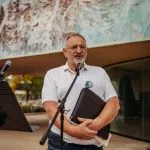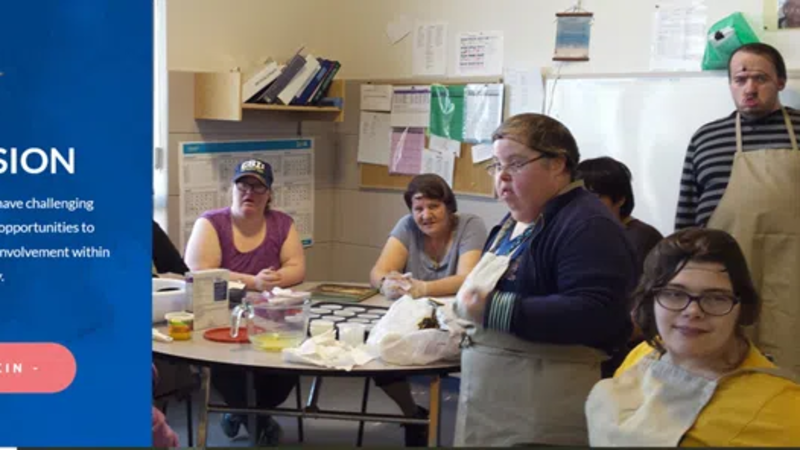
Calgary man playing major role in Maria Sharapova’s rehab
After withdrawing from the French Open, injured Russian tennis star Maria Sharapova will rely on a Canadian to get her back on track.
Calgary’s Marcin Goszczynski — a strength and conditioning coach and massage therapist rolled into one — will be a key ingredient in coaxing Sharapova’s problematic right shoulder through what could be her final run.
The former world No. 1 and owner of a career Grand Slam — who dropped out of the French Open on Wednesday to give her more time to rehab for the grass-court season and Wimbledon — has always tried to surround herself with the best. In the micro-universe occupied by the world’s elite athletes, Goszczynski came highly recommended. He started working with Sharapova on an occasional basis in 2017.


